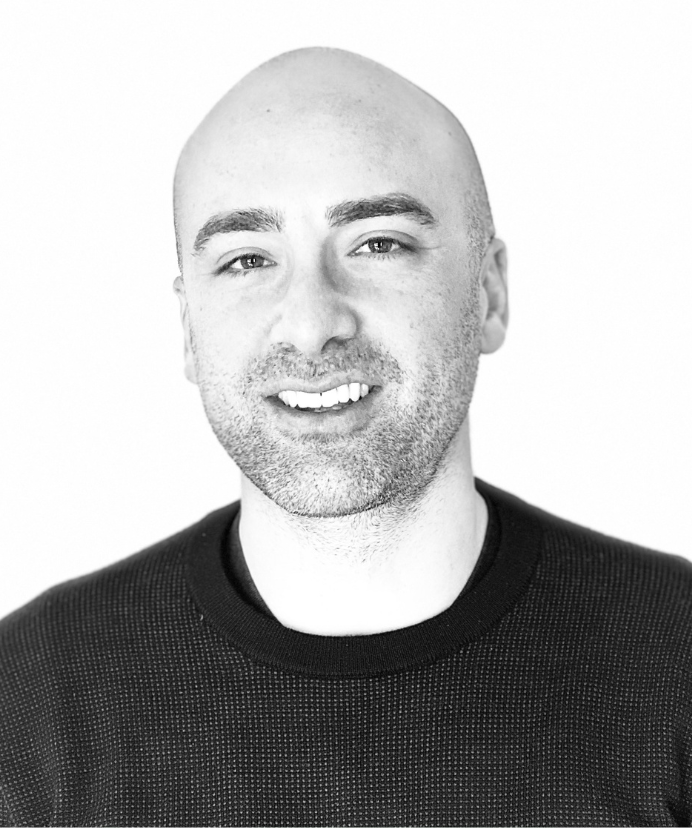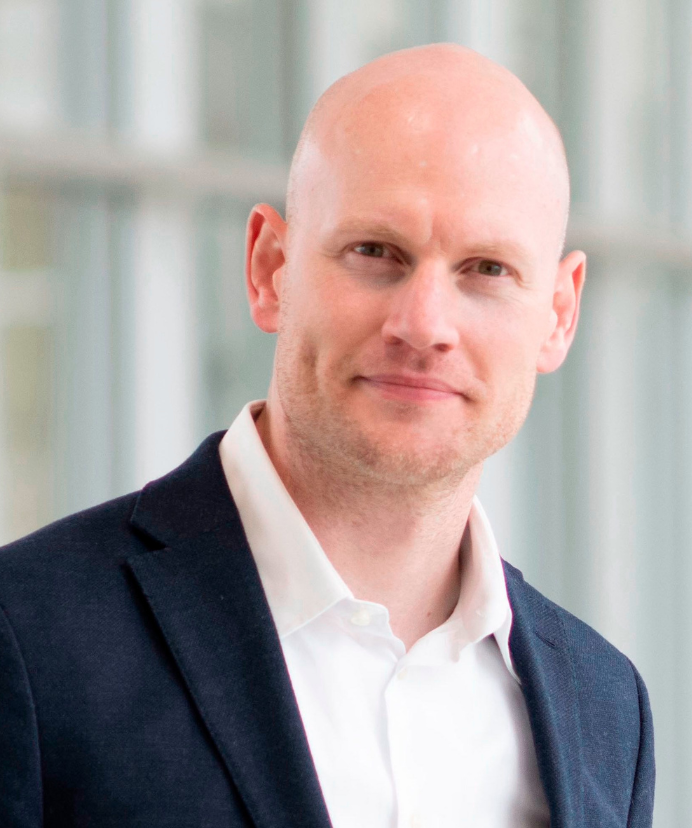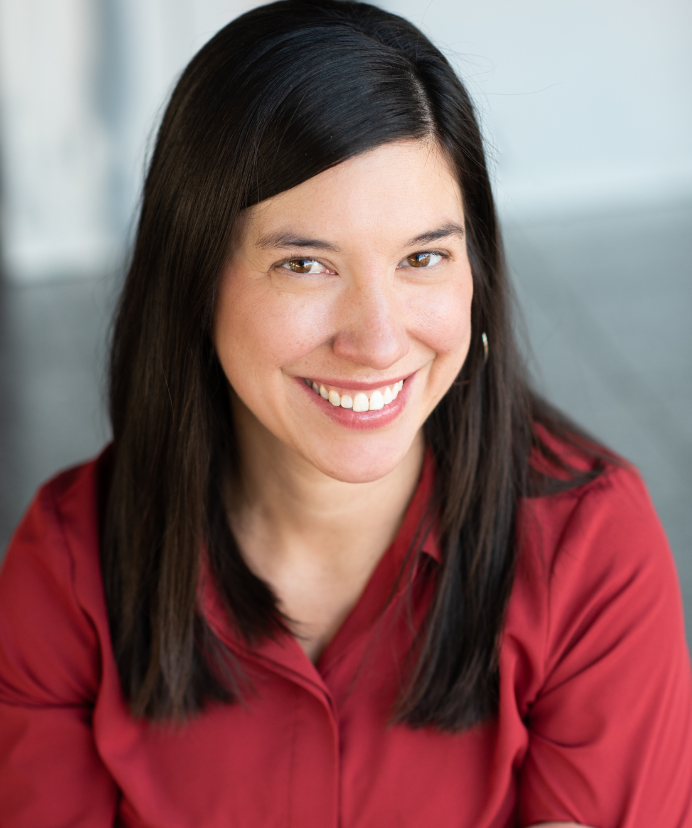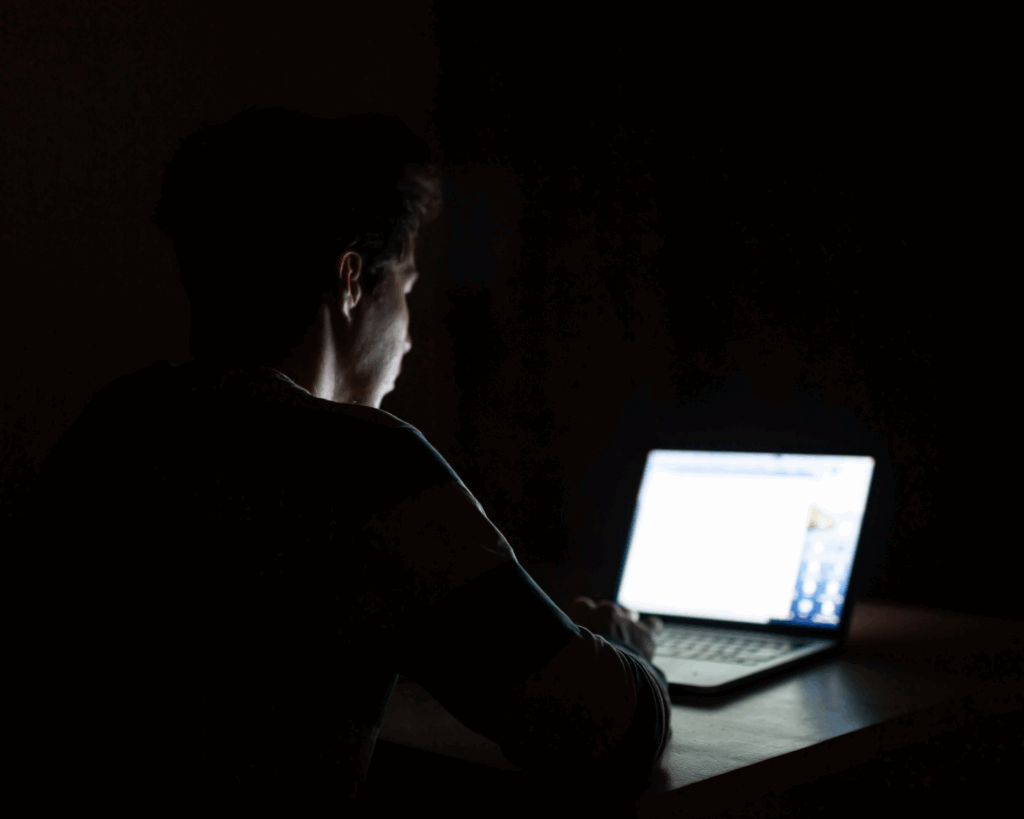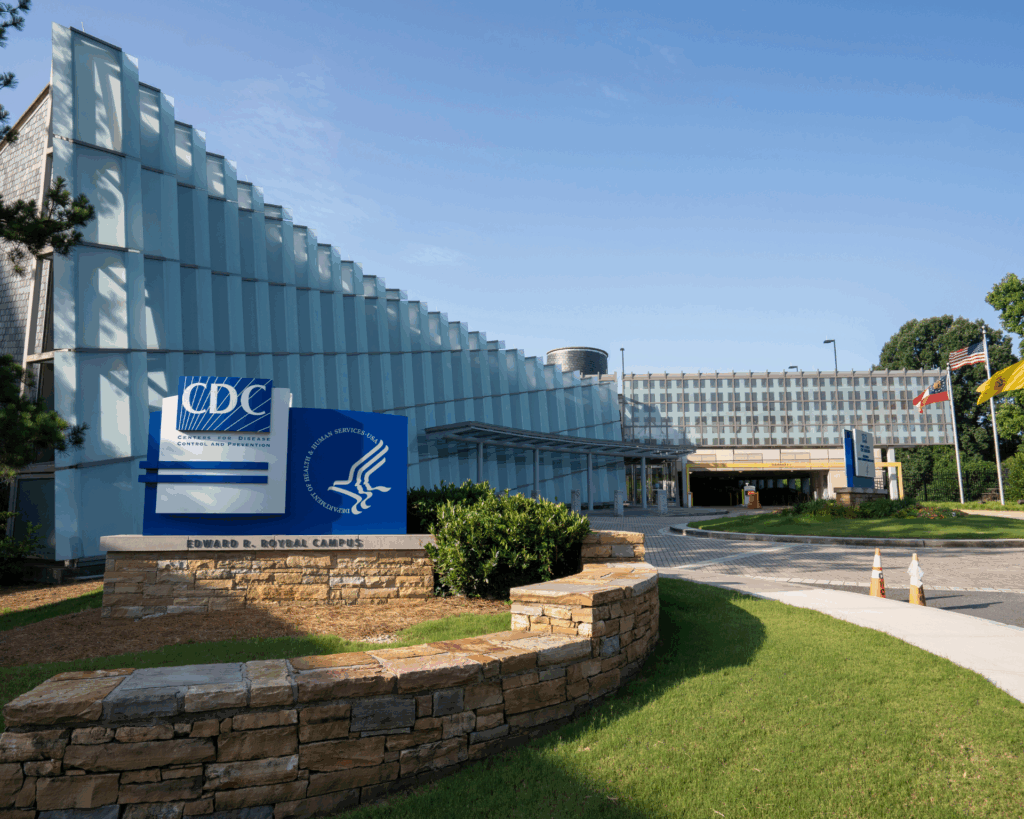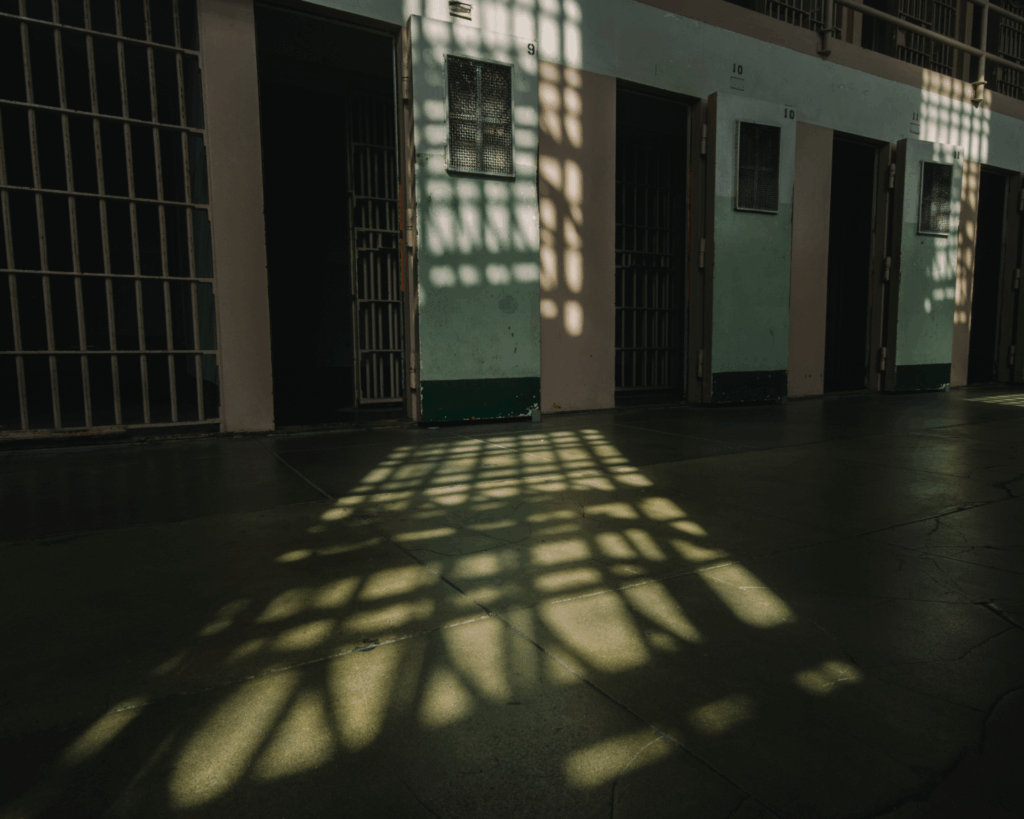The Long Reach of Mass Shootings
While not every shooting makes headlines, nearly 7% of American adults report they have been on the scene of a mass shooting at some point.

Read Time: 5 minutes
Published:
Columbine. Sandy Hook. Uvalde. Parkland. Las Vegas.
When most people picture a mass shooting, they think of high-casualty attacks that dominate national news, often at schools. In January 2025, we surveyed 10,000 U.S. adults and asked them to name the first mass shooting that came to mind. Those five were the most common answers, events seared into public memory.
But that picture is incomplete. Many mass shootings never trend on social media or make the evening news. This summer, for example, both Denver and Minneapolis, where we undertake much of our research, experienced mass shootings in busy public spaces that drew limited attention outside their states. They were still “mass shootings” as the Gun Violence Archive defines them: incidents in which four or more people are shot, excluding the shooter, regardless of whether anyone dies. They documented that 3,109 of these incidents occurred between 2020 and 2024.
Our study, published in JAMA Network Open, asked a different question: How many people have been directly exposed to a mass shooting? By “direct exposure,” we mean being on the scene when shots were fired, whether or not the person was hit.
The answer surprised even us. Nearly 7% of American adults reported they had been on the scene of a mass shooting at some point in their lives, about half of these since 2015. Among those directly exposed, just under one-third reported a physical injury associated with the incident. We replicated the finding in a second survey of 3,000 adults, and an independent research team has since reported a similar estimate.
A rock through a window doesn’t just leave a hole; it leaves cracks that radiate in every direction. Mass shootings work the same way.
Where are these events happening? One-third of the locations named were neighborhoods, the most common place. Another half occurred in K–12 schools, concerts and outdoor festivals, bars and restaurants, and shopping areas together. In other words, the public’s mental image of school hallways and headline-grabbing attacks captures only a slice of the problem. Disputes that turn violent, domestic incidents that spill into public spaces, gang conflicts, and drug deals gone bad are the “other mass shootings” captured.
Who is most affected? Younger adults were more likely to report direct exposure, consistent with talk of a “mass shooting generation.” Men were more likely than women to report exposure, aligning with broader patterns in gun violence. Black adults were more likely than White adults to say they had been on the scene, though we did not observe ethnic or racial differences in reported physical injury among those exposed. This runs counter to criminological research demonstrating that gun violence typically concentrates among young, Black, and, to a lesser extent, Hispanic males.
Another result that stood out: we found no differences by education or income. People across the socioeconomic spectrum were equally likely to report being on the scene and to report injury. The perceived randomness of these events (or the sense that they can happen anywhere) may help explain why mass shootings command such wide attention and fear. They are not confined to one class of neighborhood or one type of public space.
Why don’t official counts capture this scale of exposure? Most tracking systems, including The Violence Prevention Project that two of us run, tally shootings and injuries. They do not record the many bystanders who run, hide, witness the violence, or are hurt indirectly by shrapnel, trampling, falls, or collisions while fleeing. A staggering 130 bullets were fired during the Minneapolis mass shooting that killed one woman and injured five men this summer. The number of people who directly observed this event and its aftermath is likely an order of magnitude larger than the tally of gunshot victims. Those experiences don’t show up in police reports or media accounts, but they matter for public health.
What we measure shapes what we fund and what we fix.
If we care about population health, we must take this wider circle of harm seriously. The implications are straightforward. First, prevent upstream. Invest in evidence-based strategies that reduce everyday gun violence, such as conflict interruption, focused deterrence, secure firearm storage, and enforcement that targets the small number of people driving the highest risk. Targeted mass shooting prevention includes suicide prevention, crisis intervention, an anonymous reporting system, and threat assessment teams.
Second, design for safety. Make crowded public spaces like parks, entertainment districts, and transit hubs safer through lighting, egress, and crowd-management basics that reduce the “ten-minute windows” where disputes turn deadly.
Third, care for everyone affected. Expand trauma-informed services not only for people who are shot and their families, but also for those who were there, the witnesses, the workers, and the neighbors whose mental and physical health can suffer long after the cameras leave.
Finally, improve data systems to include exposure to violence beyond bullet wounds. What we measure shapes what we fund and what we fix.
A rock through a window doesn’t just leave a hole; it leaves cracks that radiate in every direction. Mass shootings work the same way. Our data show that the fractures reach farther than we’ve acknowledged. Public health should meet people where those cracks actually are.
